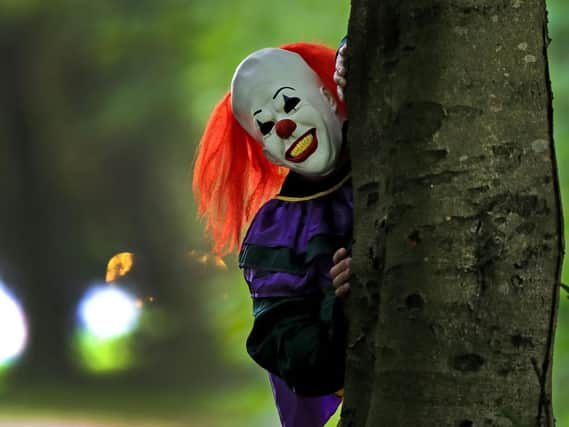Should horror stories really come with warnings or is this 'woke' culture gone too far? - Tony Earnshaw


It involved trigger warnings, which some writers include within their books and anthologies to assist readers who may be troubled – even traumatised – by some elements of their stories. The discussion played across a variety of responses including cries of censorship that were countered with expressions of empathy. In short, authors are being encouraged to embrace content warnings and to recognise that they can reach out to the widest demographic possible whilst still having the freedom to write what they like.
There’s a balance to be set here. Trawling through every aspect of a story, let alone a novel, could result in an unfeasibly long list of triggers. Many may not apply to the majority of readers; most likely they will be ignored.
Advertisement
Hide AdAdvertisement
Hide AdBut for a handful of individuals there could be deep-seated fears or memories attached to a whole range of things: places, smells, objects, sounds, creatures. It doesn’t take much to compile a list. And rather than driving away a reader, the author may attract someone who becomes a devotee.
The debate became somewhat heated. The words “woke” and “snowflake” were bandied around. But the majority of people within the community accepted that outlining some potentially problematic aspects of a tale doesn’t mean not writing about them in the first place.
As a teenager I was affected by the shark attacks in Jaws and the rodents of James Herbert’s Rats trilogy. As a thirtysomething I was shocked and appalled at the violence in Bret Easton Ellis’s American Psycho. In retrospect I wish I’d known about some of the ingredients of Ellis’s book. I doubt it would have put me off but I would have been forewarned.
We all have our own personal taboos. And when it comes to books I’d suggest it’s not enough to follow the line of the British Board of Film Classification and categorise a product according to violence, sex, and bad language. It needs to be rather more nuanced than that.
Advertisement
Hide AdAdvertisement
Hide AdHorror is a broad genre. It encompasses everything from Shelley, Poe and Stoker through to Shirley Jackson, Stephen King and Sarah Pinborough. Jackson’s The Haunting of Hill House is the only book that has frightened me so completely that I had to put it down.
I might have appreciated a trigger warning, but how does one telegraph insidious fear? Listing “haunted house” and “ghosts” doesn’t do justice to Jackson’s brilliance. But for the unknowing, it’s a start.
Support The Yorkshire Post and become a subscriber today. Your subscription will help us to continue to bring quality news to the people of Yorkshire. In return, you'll see fewer ads on site, get free access to our app and receive exclusive members-only offers. Click here to subscribe.